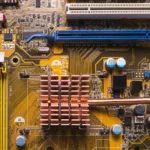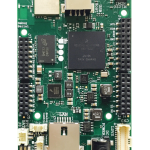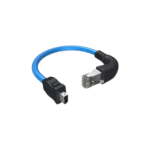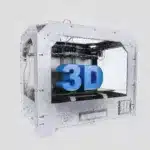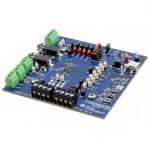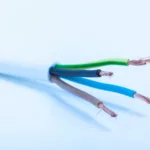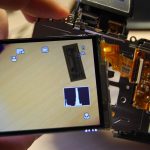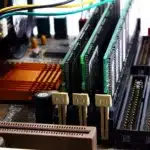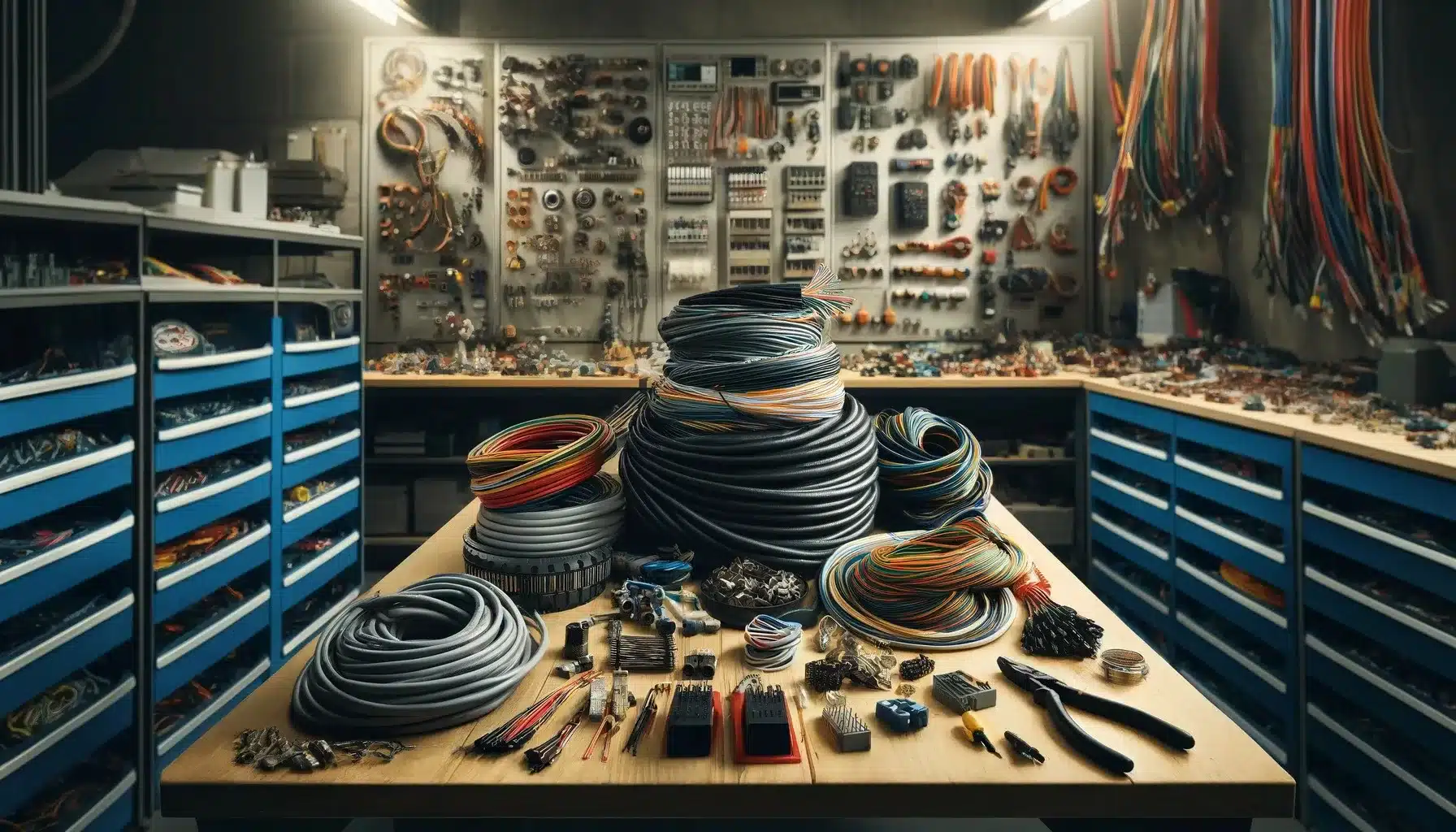
Introduction
In today’s fast-paced digital world, maintaining signal integrity for reliable and efficient transmission is paramount, particularly in high-speed applications. One significant breakthrough in achieving this goal is the cable assembly, which is significant in transmitting data at high speeds without loss of integrity. Cable assemblies provide a robust physical link between electronic devices and other applications, serving as the backbone of network infrastructure. This article outlines how cable assemblies contribute to signal integrity in high-speed data communications, the challenges faced, and the solutions available.
An Introduction to Signal Integrity: Understanding Its Importance in High-Speed Data Communications
Signal integrity refers to the measure of the quality and fidelity of an electrical signal as it travels through a conductive medium––from a transmitter to a receiver. In high-speed data communication systems, maintaining signal integrity is crucial because any degradation in the signal can lead to errors and reduced performance. High-quality signal transmission is essential for applications such as telecommunications, computing, and high-speed data transfer technologies, where the integrity of data is crucial for system reliability and functionality.
A Brief Overview to Cable Assemblies and Their Popular Types
Cable assemblies are reliable groups of cables or wires bound together to form a single unit. They typically comprise cables or wires with connectors, terminations, or other components at one or both ends. These assemblies transmit electrical signals or power in various applications, such as electronics, telecommunications, automotive, aerospace, and industrial machinery. Cable assemblies can vary widely in complexity, size, and configuration depending on their intended use. They can be as simple as a few wires bundled together with zip ties or as complex as intricate harnesses with multiple connectors, branches, and protective sheathing.
Among various types, common cable assembly types include:
- Wire Harnesses
- Ribbon Cable Assemblies
- Coaxial Cable Assemblies
- Custom Cable Assemblies.
Factors Affecting Signal Integrity in Cable Assemblies: Exploring the Challenges in Data Communications
With the increase in data rates in various applications, maintaining signal integrity becomes more challenging due to several factors. Some of the leading factors affecting the integrity of signals transmitted through cable assemblies include:
- Cable Quality and Type: The material and construction quality of the cable significantly influence signal integrity. Higher-quality cables with proper shielding and insulation can reduce signal loss and interference. Additionally, different cable types are suited for various applications and signal types.
- Cable Length: Longer cables are more susceptible to signal degradation, including attenuation and delay. This is particularly critical in high-speed data transmissions where timing is paramount.
- Connectors and Terminations: A poorly made or improperly installed connector can introduce discontinuities and reflections in the signal path, leading to signal degradation. Proper termination is essential to maintain the impedance continuity along the cable.
- External Interference: Electromagnetic interference (EMI) and radio frequency interference (RFI) from external sources (like motors, switches, and radio transmitters) can distort the signal. Shielding and proper grounding of cables can mitigate this.
- Environmental Factors: Environmental factors, including temperature, humidity, and physical stress, can affect cable performance by altering the physical properties of the cable materials, impacting their electrical characteristics.
- Cross-talk: This occurs when a signal in one wire or cable creates an undesired effect in another, leading to interference. Proper cable design and layout, including shielding and physical separation of cables, can help minimise cross-talk.
- Impedance Mismatching: A mismatch between the cable’s impedance and the connected equipment can cause reflections, leading to signal distortion. Ensuring the cable and device impedances are matched is critical for maintaining signal integrity.
How Do Cable Assemblies Drive Signal Integrity in High-Speed Data Communications?
High-quality cable assemblies are engineered to minimise signal loss, maintain consistent impedance, and reduce EMI effects. Let’s explore how these cables drive effective signal integrity in high-speed data communications.
Signal Attenuation
Signal attenuation is defined as the loss of signal strength as it propagates through a transmission medium. Cable assemblies with low attenuation characteristics help preserve signal integrity over longer distances. High-quality materials, such as low-loss dielectrics and high-conductivity conductors, minimise signal attenuation, enabling reliable data transmission at high speeds.
Crosstalk Mitigation
Crosstalk occurs when signals from adjacent conductors interfere with each other, causing signal distortion and data errors. Cable assemblies employ various techniques to mitigate crosstalk, including proper spacing between conductors, shielding, and controlled impedance designs. By minimising crosstalk, it helps maintain signal integrity and reduce data corruption.
Impedance Matching
One of the primary functions of cable assemblies is to ensure impedance matching between connected devices. Impedance discontinuities along the transmission path can cause signal reflections, leading to signal distortion and loss. Cable assemblies with precise impedance control help minimise these reflections, ensuring efficient signal transmission and reception.
EMI Shielding
EMI from external sources can disrupt signal transmission and compromise system performance. It incorporates shielding layers, such as foil or braided shields, to mitigate the effects of EMI. By providing a barrier against external electromagnetic fields, shielded cable assemblies help ensure reliable data communications in noisy environments.
Advanced Technologies in Cable Assemblies: Enhancing Signal Integrity
Recent advancements in the field of materials and technology have led to improvements in cable assemblies designed for high-speed data communications:
- High-performance Polymers: New insulation materials, such as high-performance polymers, offer better protection against crosstalk and external interferences.
- Enhanced Shielding Techniques: Innovations in shielding materials and techniques have significantly reduced the impact of EMI/RFI on signal integrity.
- Active Cable Technology: Some modern cable assemblies incorporate active electronics that help maintain signal integrity over longer distances by amplifying and conditioning the signals.
Final Thoughts
Signal integrity is a critical aspect of high-speed data communications, and cable assemblies are at the heart of ensuring clean, reliable data transmission. By understanding the challenges associated with high-speed data transmission and employing advanced technologies, manufacturers can create cable assemblies that significantly enhance signal integrity. With technological advancements, the ongoing research and development in this field are essential to meet the increasing demands of high-speed communications infrastructure, ensuring the data flows accurately and efficiently across global networks.






